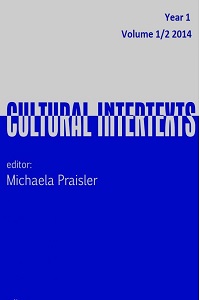The E-pistolary Novel. Print Screens of Media-driven Thoughts in David Llewellyn’s Eleven
Abstract
Contemporary literature seems to have reconciled the idea that everything valuable has already been said and done and, as such, has wilfully inscribed itself in a never-ending cycle of narratives about narratives, in a process of recycling and updating the past, which some love to name postmodernist. What is left at stake is simply the consumerist need to produce an oxymoronic ‘original copy’: to launch that piece of literature unseen and unheard of before on a crowded book market. A recipe for success seems to be the ability to combine the novelty of the architectural design – the formal innovation – with
the thematisation of the present. It is precisely what the young Welsh novelist and scriptwriter, David Llewellyn, achieves with his debut novel, Eleven. In an attempt to translate the old into the new, Eleven is constructed following the design of the early modern epistolary novels, yet making use of a contemporary mode of writing: the email. Thematically, it is an exploration of patterns of individual thinking shaped by the media, against the background of an event with global consequences, which is,
nevertheless, viewed from afar, without the inherent trauma so visible in American post-9/11 fiction. The present paper aims at analysing the construction of the novel, including the linguistic transformations it employs, and at accounting for the identitary revolt that transpires from the e-mails exchanged between various character-narrators on an apparently ordinary day: September 11, 2001.



